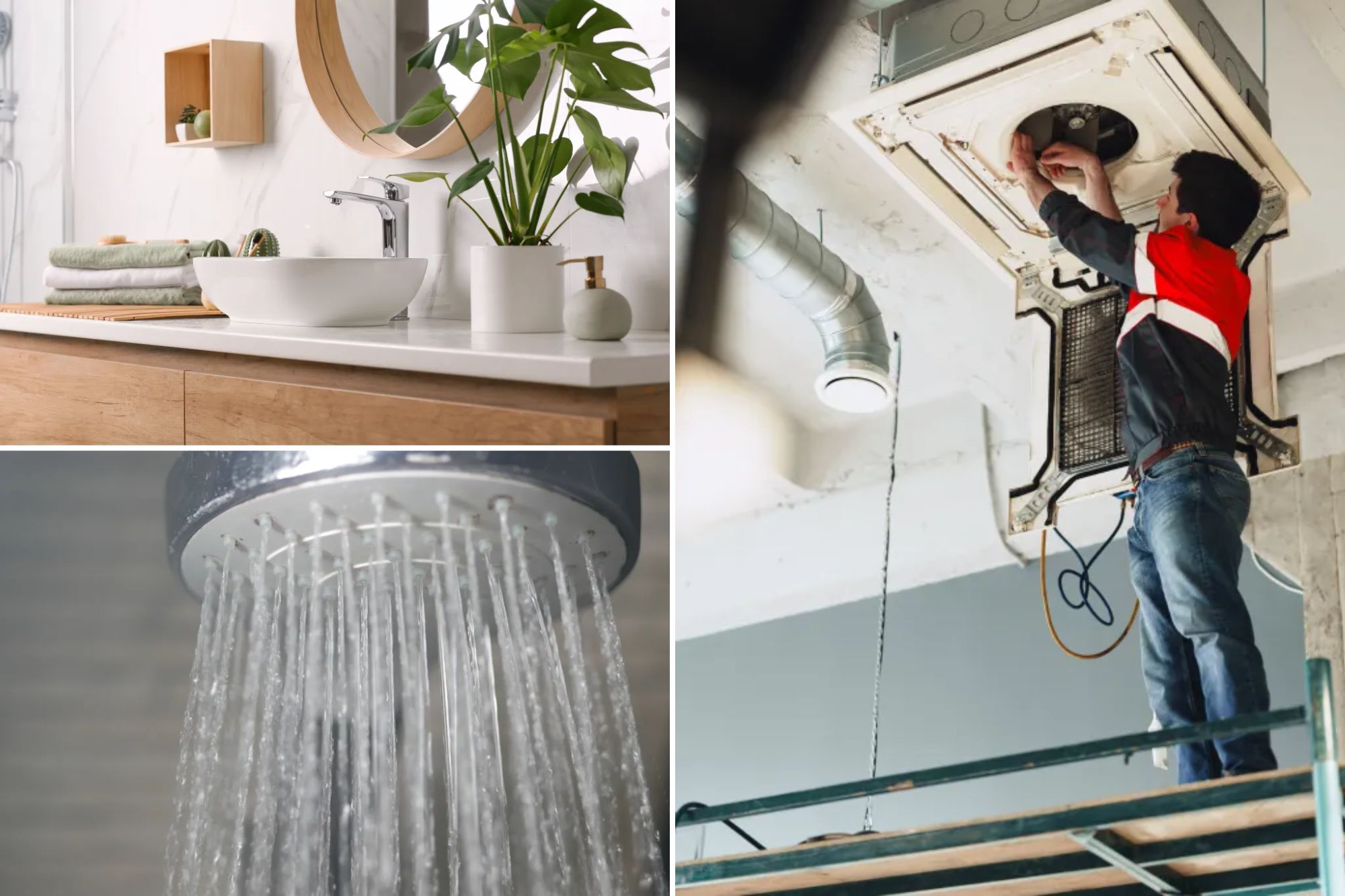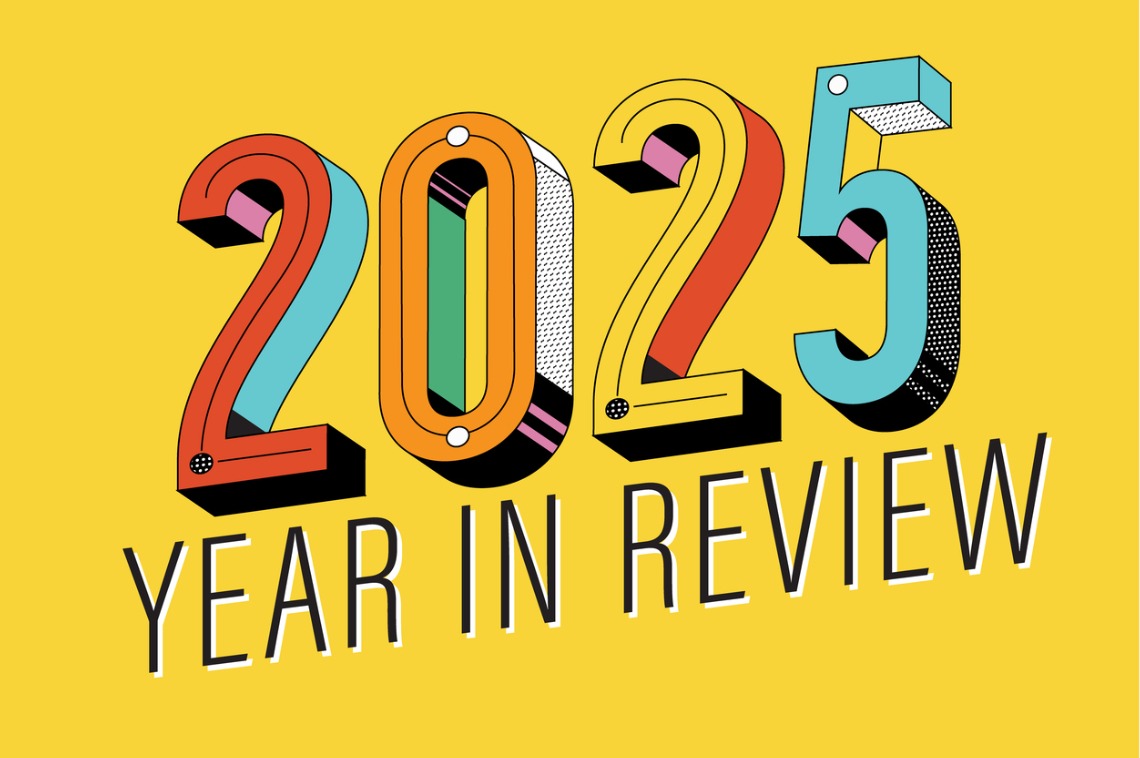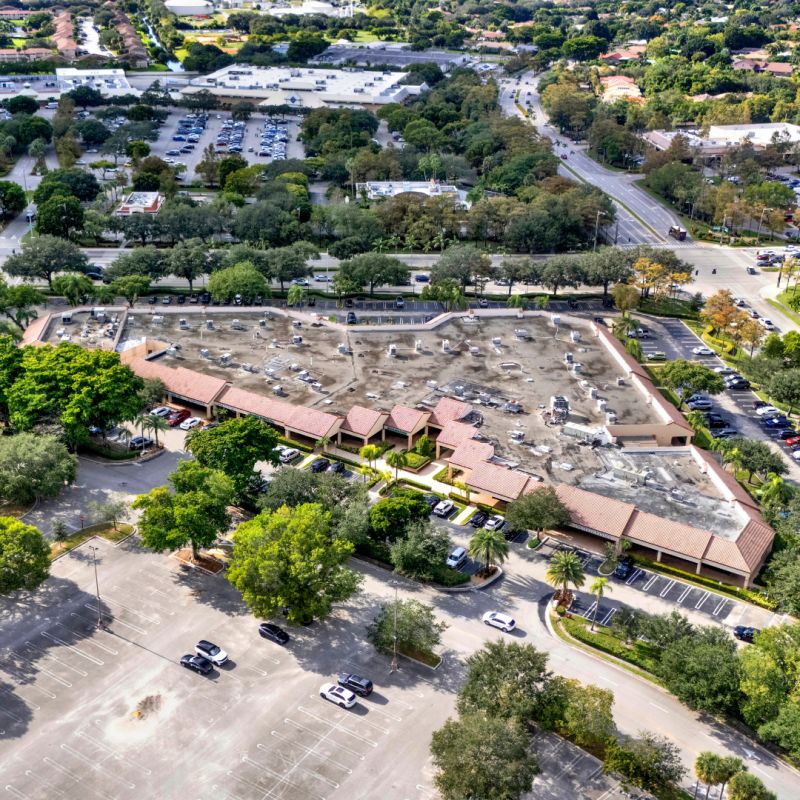A
ugust is National Water Quality Month, making it the perfect time to give your water some TLC. Installing low-flow fixtures is a great way to do just that while keeping your budget in check.
Low-flow plumbing fixtures use gravity-flow designs and built-in pressure systems to deliver strong pressure with less water each time. They're specifically engineered for bathroom areas like showerheads, toilets, faucets, and urinals to use significantly less water than their standard counterparts.
For example, a low-flow toilet can consume as little as 1.28 gallons per flush, compared to the standard 3.5-6 gallons. Low-flow showerheads typically limit flow to 2.0 gallons per minute or less, while old standards were 2.5 GPM or more.
These fixtures utilize smart technology like aerators and pressure-compensating valves to deliver strong pressure while reducing water usage. The most obvious perk is reduced water use, which means lower water bills. Families can save up to 20,000 gallons of water per year by installing low-flow toilets and showerheads.
While these appliances don't filter water themselves, they indirectly enhance your water quality by alleviating the pressure on municipal water systems, leading to cleaner, better-regulated local water supplies.
Low-flow fixtures are available at home improvement stores like Lowe's or Home Depot for relatively cheap. Atkinson recommends starting with a WaterSense-certified toilet and low-flow showerhead, which can be found for between $15-$100. Low-flow bathroom faucets start around $30-$75, and installing an aerator attachment costs as little as $10.
Upgrading to low-flow fixtures pays back in one to three years in energy and water savings, making them a smart investment for your wallet and the planet.
Other ways to improve your water quality include hiring a licensed plumber to inspect your water heaters, pipes, and valves annually, installing a whole-house filter, cleaning your showerheads every few months, considering a water softener, and scheduling an annual plumbing inspection.














